New findings from a team of respected researchers have unlocked key information about the LHS 1140 b exoplanet.
Findings discovered using the James Webb Space Telescope found that the planet may have a large temperate water ocean – raising the possibility that it one day could be habitable for human life.
What is LHS 1140 b?
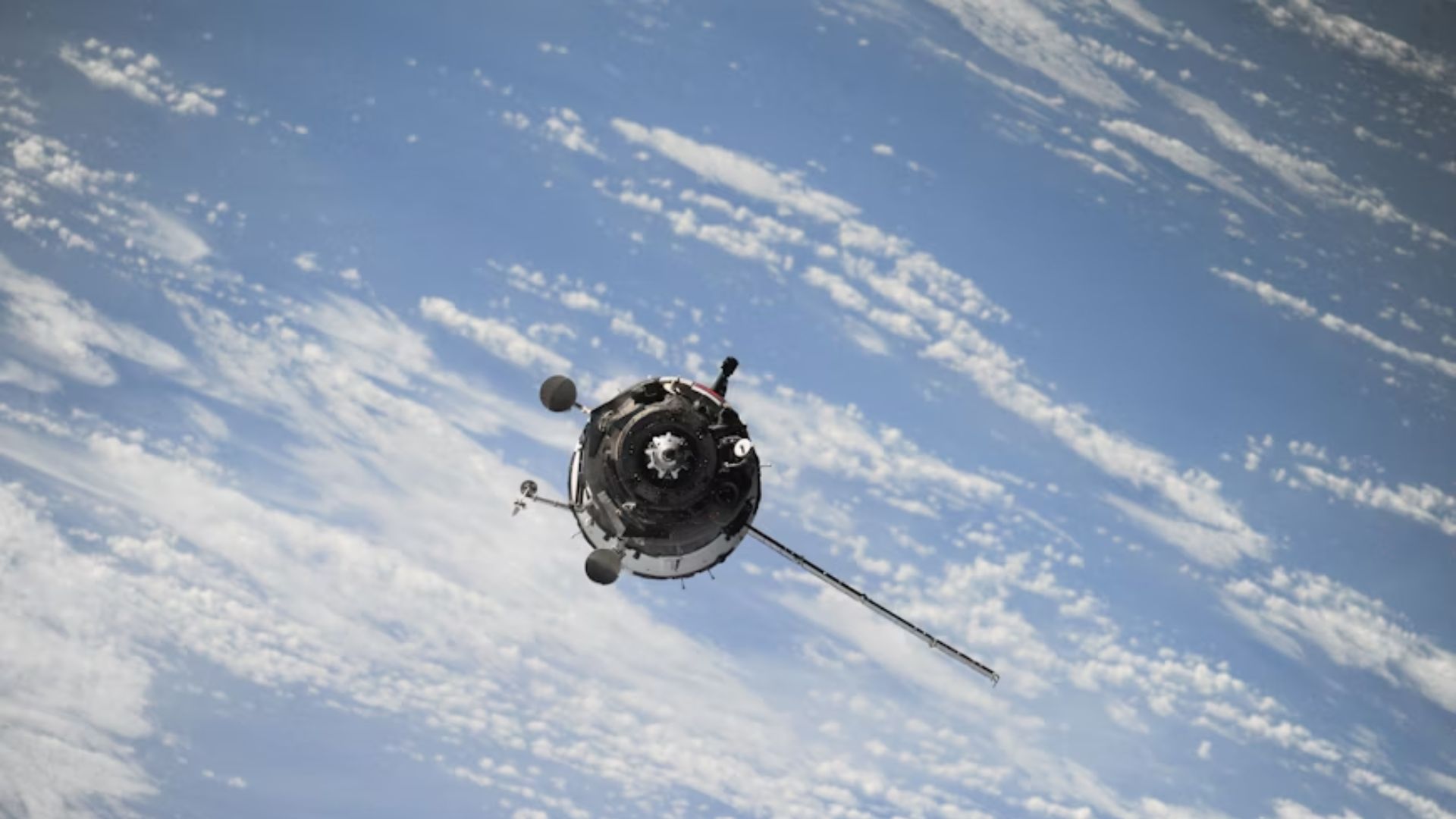
LHS 1140 b is an exoplanet that orbits a red dwarf star, which itself is a fifth the size of the sun and is 48 light-years away from the Earth.
LHS 1140 b lives in its star’s habitable zone – nicknamed the “Goldilocks zone”. This means the area around the star is neither too cold nor too hot to host liquid water.
What Researchers Said
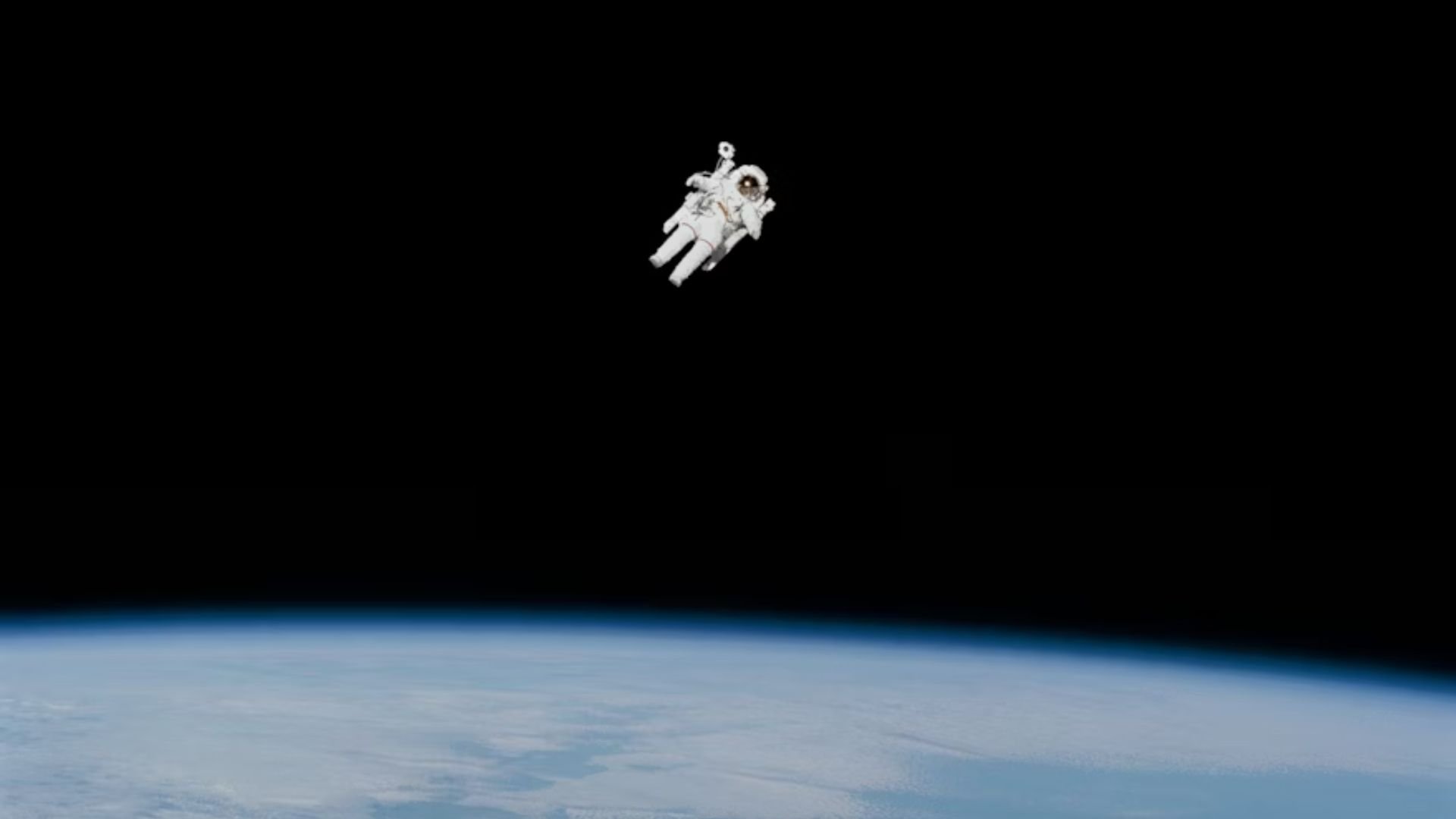
Charles Cadieux, lead author of the paper on the discovery, said, “This would be a major milestone in the search for potentially habitable exoplanets.”
He added, “Of all currently known temperate exoplanets, LHS 1140 b could well be our best bet to one day indirectly confirm liquid water on the surface of an alien world beyond our solar system.”
NASA Contributions

Ryan MacDonald, NASA’s Sagan Fellow at the University of Michigan aided the analysis of LHS 1140 b and said that they may have even found evidence of air on the exoplanet.
McDonald added, “This is the first time we have ever seen a hint of an atmosphere on a habitable zone rocky or ice-rich exoplanet.”
Previous Findings
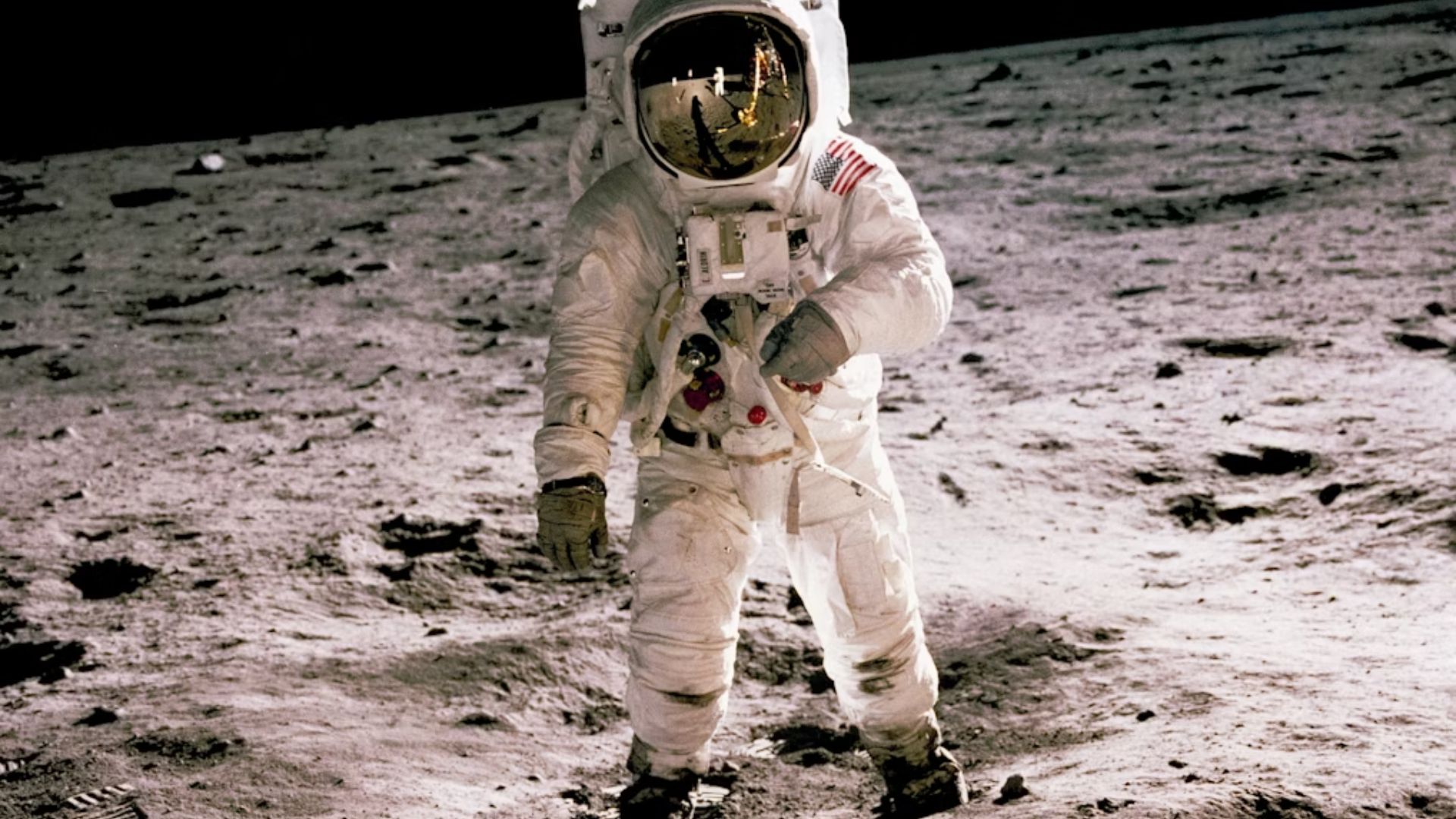
LHS 1140 b has been of interest to researchers for a long time – with experts having previously suggested it could be home to a significant amount of water.
Scientists have previously investigated the exoplanet using the Hubble Space Telescope and Transiting Exoplanet Survey Satellite, and had previously suggested the possibility of human habitation.
Why Further Studies Were Required?
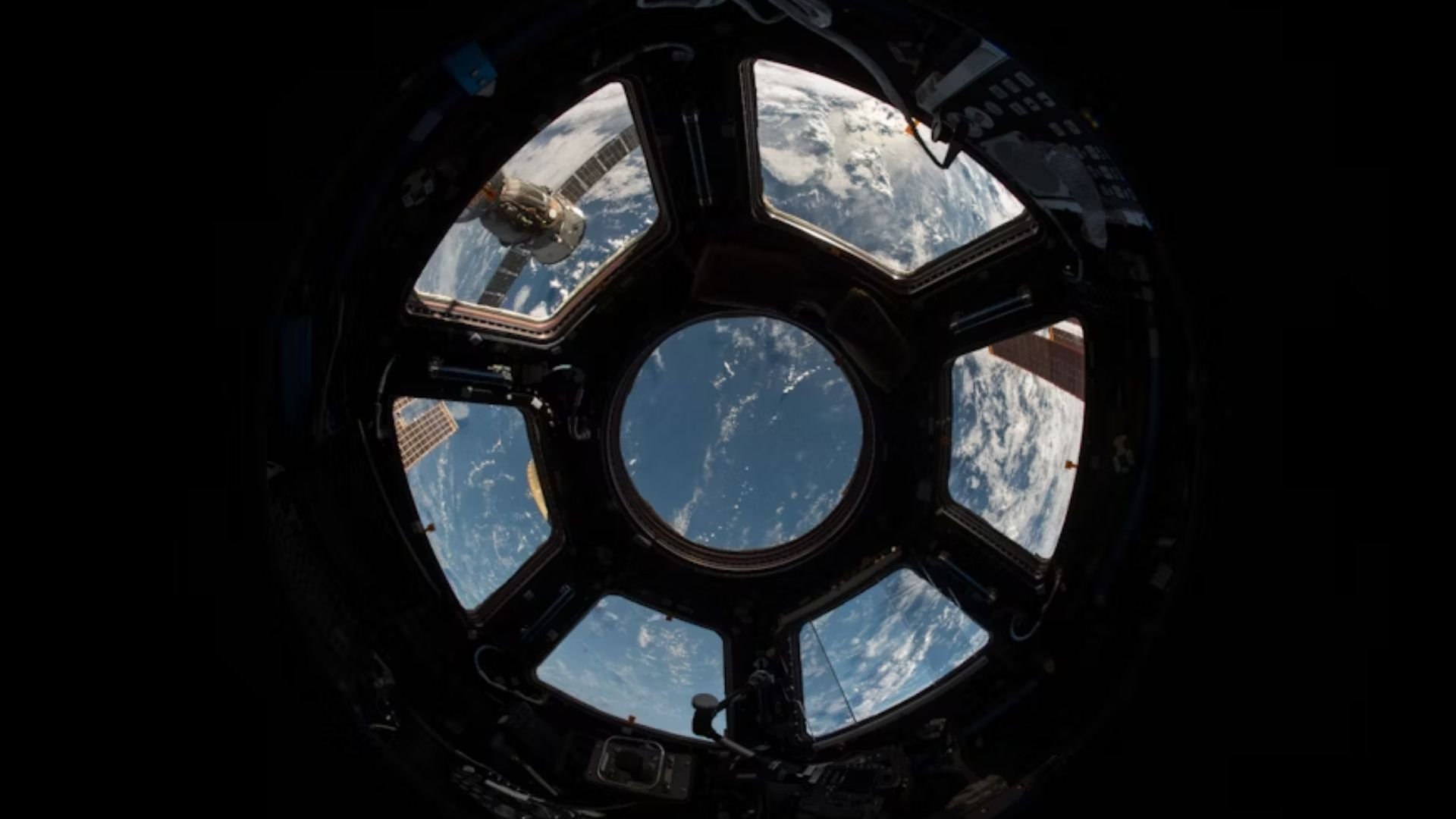
Prior to the new round of studies, scientists were unsure whether LHS 1140 was a mini-Neptune or a super Earth.
The new study suggests the exoplanet is not a mini-Neptune, and suggests it may have a nitrogen-laced atmosphere like Earth, further fuelling hopes it could be habitable for humans.
What is The James Webb Space Telescope?
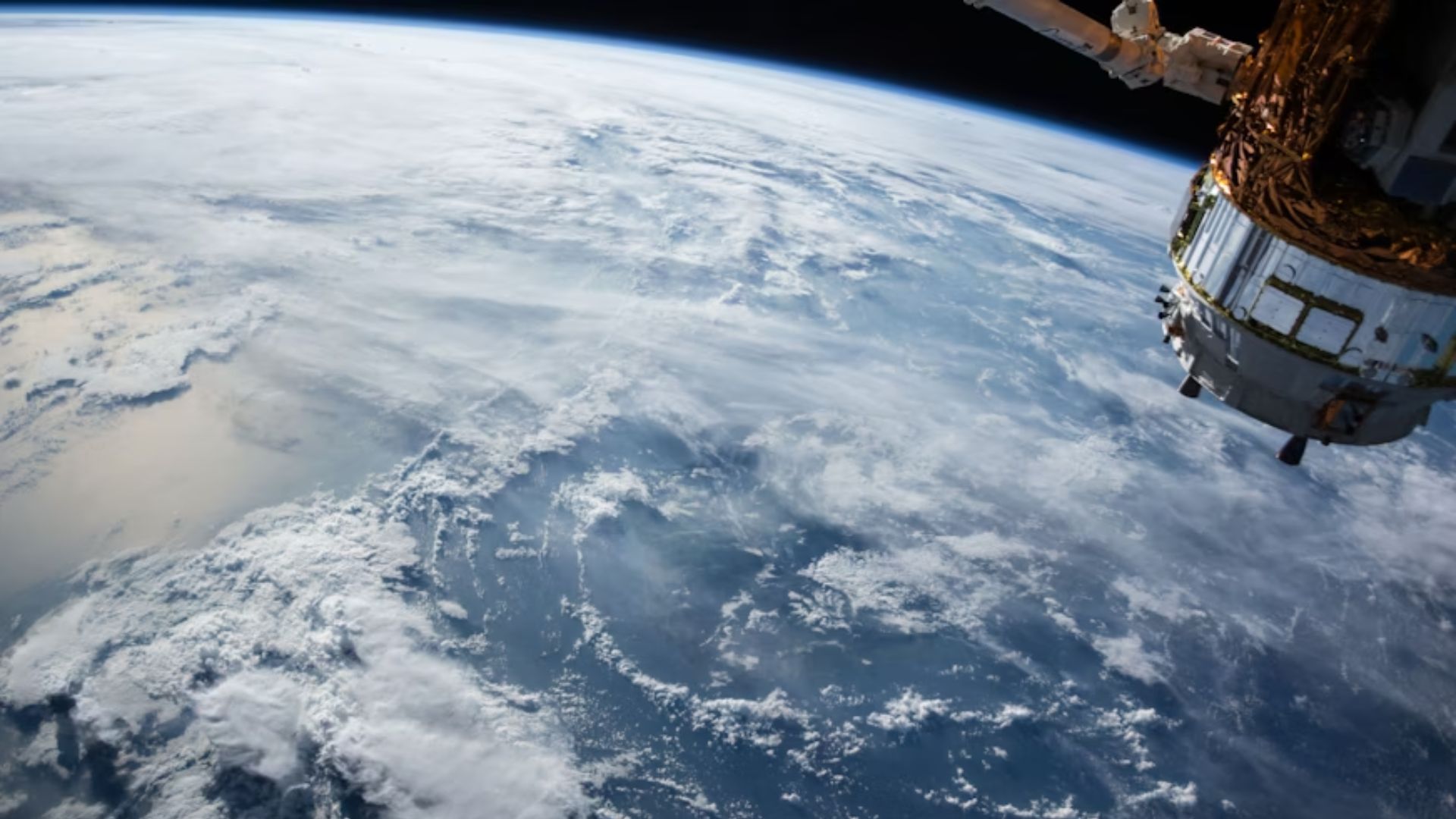
The James Webb Space Telescope (JWST), which was responsible for these recent findings, is the largest telescope in space.
Equipped with high-resolution instruments, the JWST – which was launched on Christmas Day 2021 – can view objects that are too faint and distant for the Hubble Space Telescope.
A New JWST Discovery
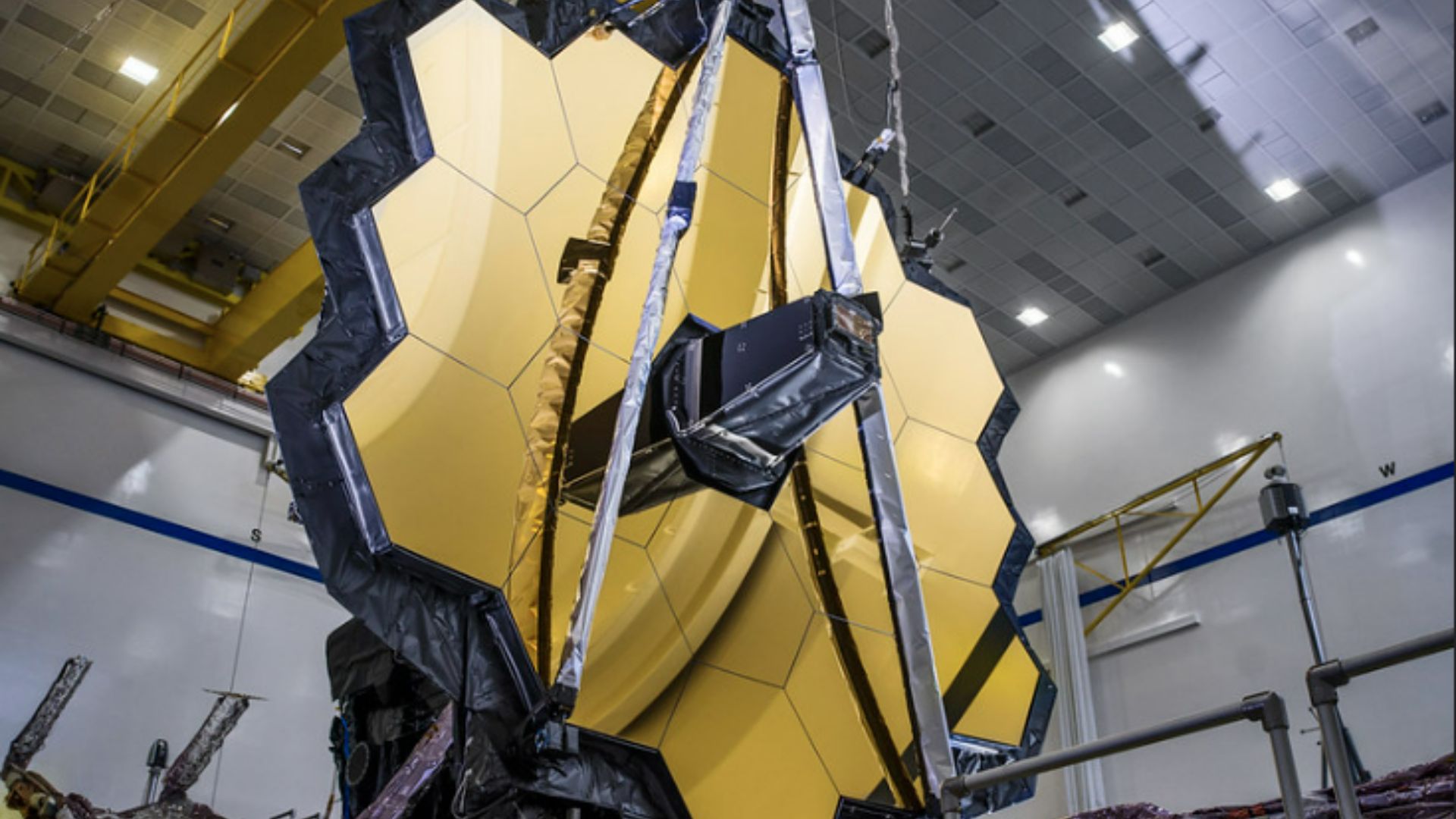
The JWST also made headlines this week after discovering a “gravitationally lensed quasar” in the cosmos that resembles a jeweled ring.
Powered by massive quantities of dust and gas falling into a supermassive black hole, the quasar (known as RX J1131-1231) sits 6 billion light-years away from Earth.
Not The Only Habitable Planet
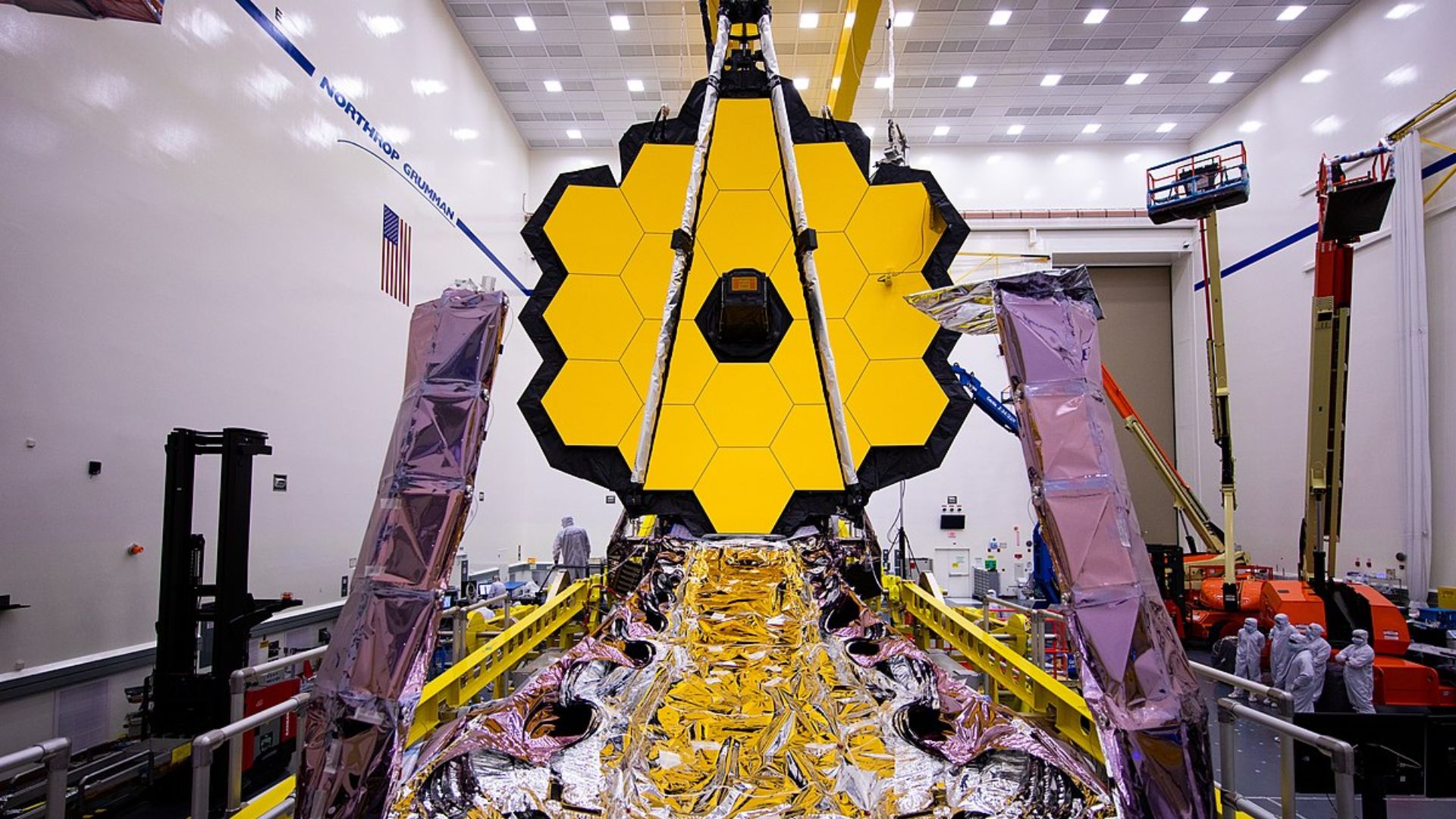
Space.Com’s Monisha Ravisetti, writes, “It is certainly worth noting that LHS 1140 b isn’t exactly fully alone in its exhilarating characteristics; there are also a variety of other habitable-zone exoplanets scientists are drawn to.”
She goes on to say that the seven worlds of the TRAPPIST-1 system are “disturbingly similar to our solar system’s structure”, but that there are more potential issues that could arise trying to establish human habitation there than there would be with LHS 1140 b.
What About Life on Mars?
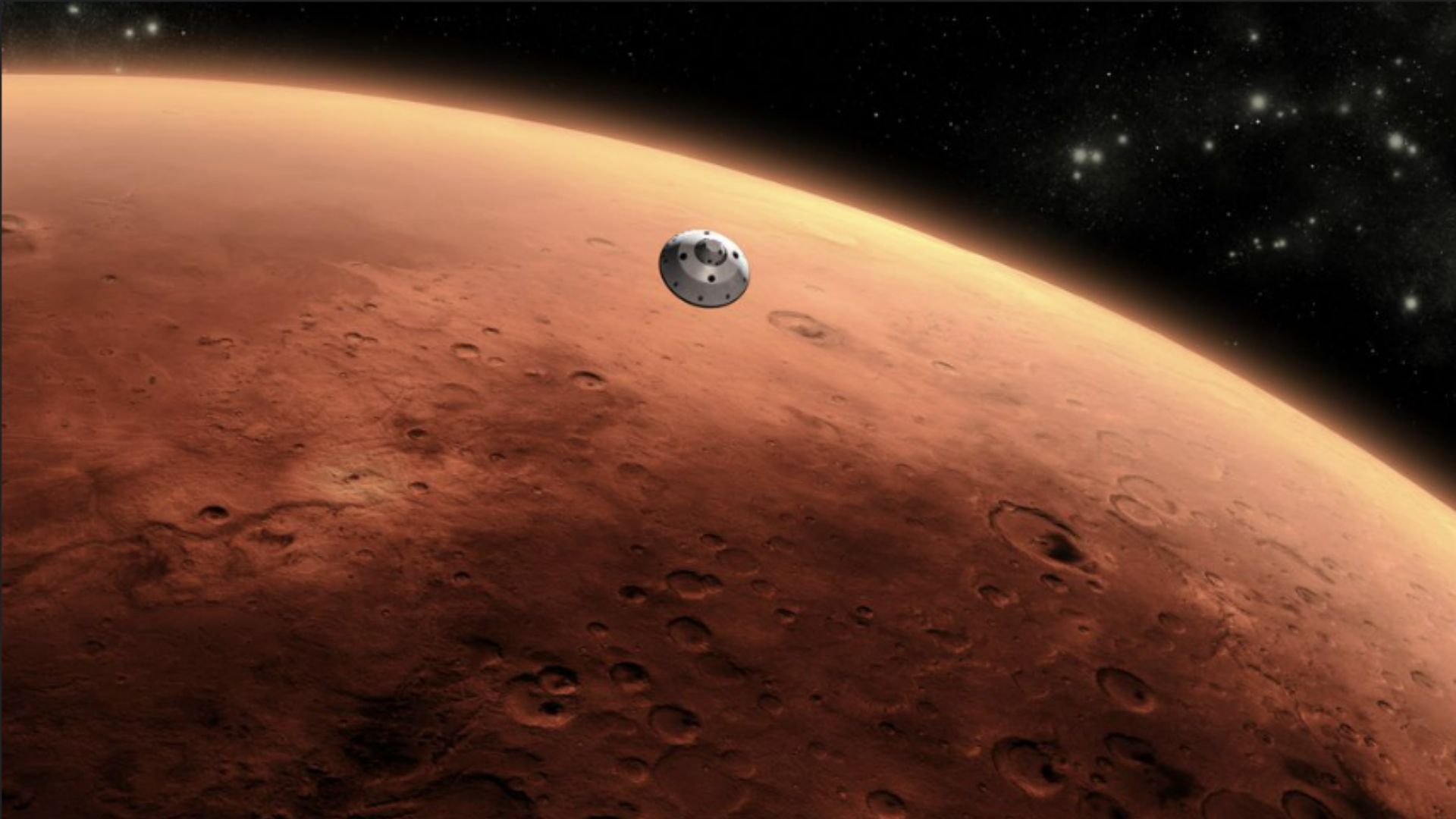
Space X’s Elon Musk has long talked up the possibility of sending human beings to Mars, and said in 2023 that he wanted to send a spacecraft to the planet within three to four years.
“I think it’s sort of feasible within the next four years to do an uncrewed test landing there,” Mr. Musk told Clay Mowry, president of the International Astronautical Federation.


